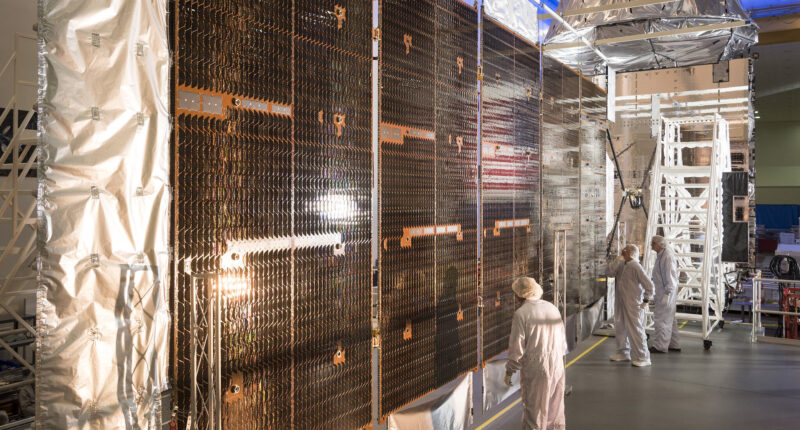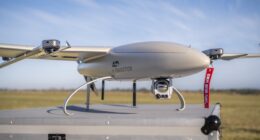Lockheed Martin and Boeing have significantly stepped up their efforts in the race to deliver next-generation military communications satellites to the US Space Force.
Both companies recently announced the successful completion of early design reviews for their respective solutions, indicating they meet the essential criteria for the next phase of development.
In a February 7 press release, Lockheed highlighted its use of digital technology and innovation “to deliver not only a successful early design review, but one so robust that it passed the rigorous standards of a more advanced design assessment.”
The company also revealed its collaboration with Raytheon subsidiary SEAKR Engineering to develop an advanced payload processor for the communications satellites.
Meanwhile, Boeing completed the early design assessment for its proposed Mobile User Objective System (MUOS) satellite in December 2024, signaling its readiness to proceed with development.
Boeing’s proposed system is based on its 702MP satellite platform, which is already operational with the US Space Force.
MUOS Network of Satellites
The MUOS network consists of four active satellites and one spare, designed to provide secure, beyond-line-of-sight communications for mobile military forces.
It functions as a military cellular network, supporting simultaneous voice, video, and data transmission over a secure IP.
The primary mission of the MUOS network of satellites is to support users requiring mobility, high data rates, and enhanced operational availability.
Last year, the US Space Force announced a new competition to deploy two additional MUOS satellites to ensure secure communications for military forces over the next several decades.
The early design review is part of the competition’s Phase 1, which also includes risk mitigation efforts.
The US Space Force is expected to select a contractor for Phase 2, which will involve building the two new satellites.
The target launch date for these new space assets is no earlier than 2030.









